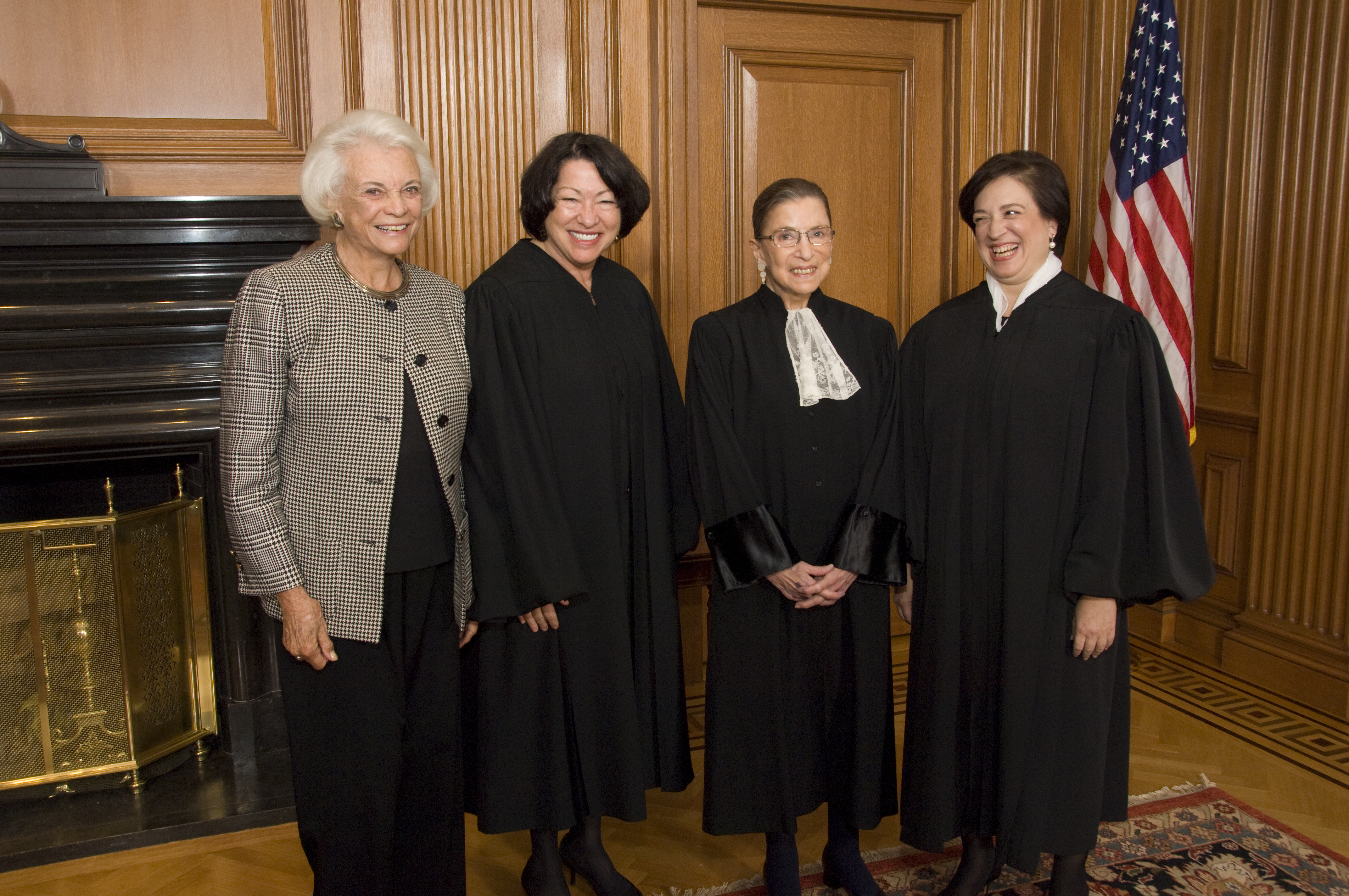First of all, she set out to prove that the 14th Amendment in fact prohibited discrimination on a basis on sex, and used the Reed v. Reed case to support her claim. Sally Reed was a single mother living in Idaho, when her son Skip shot himself with a rifle while visiting his father, Cecil, on March 29, 1967. However, Ms. Reed was suspicious about the cause of death, especially as Cecil took out a life insurance policy before the death of her son. She then petitioned to become an administrator of her son’s estate, but the Idaho courts denied her claim, as males were given preference over females. Sally Reed then took her case to the Supreme Court, where Ruth Bader Ginsburg wrote her brief. As a result of the case, Chief Justice Burger deemed that the Idaho court’s decision was unconstitutional and encroached on the Equal Protection Clause of the 14th Amendment.
After this success, Mrs. Ginsburg went on to target other laws that discriminated against men and women. She unanimously won cases, conducted the celebrated Madison Lecture at New York University Law School, and aided in the Roe v. Wade Case, which held that a woman's right to abortion was a privacy protected by the 14th Amendment.
 Ruth Bader Ginsburg, O'Connor, Sotomayor, and Kagan Source
Ruth Bader Ginsburg, O'Connor, Sotomayor, and Kagan Source